As little as forty years ago it was thought that civilization in the Americas before the time of Columbus was limited to the Mexico/Central America region (The Maya and Aztecs) and the Andean Mountains of Peru (Inca). We’ve learned a lot since then. In North America archaeologists have re-discovered the civilizations of the canyon dwellers of the southwest known as the Anasazi as well as the Mound Builders of the Mississippi and Ohio River basins. Numerous sites belonging to these cultures have been extensively studied revealing large population centers with a high material culture. The images below show some of the remaining structures build by these lost cultures.
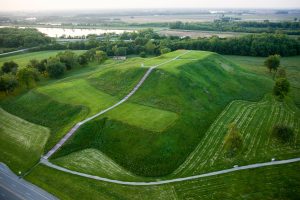
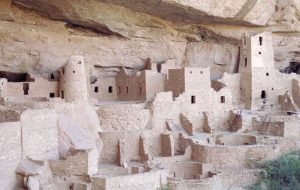
Today however I’d like to talk about some of the recent discoveries that are being made in uncovering the lost civilization that existed along the many branches of the Amazon River between 1200-1550 CE. Today the Amazon is best known as a region of dense, uninhabited, almost untouched jungle with only a few Stone Age tribes scattered through it. The image below shows the typical view of the Amazon rainforest.
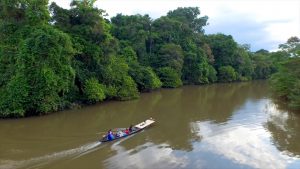
The earliest descriptions we have of the Amazon region comes from the journal of a Dominican priest named Gaspar de Carvajal written in the years 1541-42 CE. De Carvajal had joined a band of conquistadors led by Gonzalo Pizarro, the brother of Francisco Pizarro the conqueror of the Inca. Pizarro was of course looking for the fabled city of El Dorado, the city of gold. (Hey his brother had found one so I guess Gonzalo thought that he could as well.)
According to de Carvajal what the conquistadors found as that traveled down the world’s greatest river were countless villages and even major cities crowding along the riverbanks. In his journal de Carvajal describes the people of the Amazon as prosperous and well fed, although possessing little of the gold the conquistadors sought.
Subsequent explorers found next to nothing of the peoples that de Carvajal had claimed to have seen. The Amazon that they found was a jungle largely untouched by human beings. Historians dismissed de Carvajal for making up most of his tales. That there was no Amazon civilization they were certain.
We now know that what must have happened was that de Carvajal and the other Spaniards had brought with them diseases that the native population had no immunity to, mainly measles and smallpox. These diseases are deadly enough to the Europeans who had lived with them for centuries but to the native people the death toll was catastrophic.
Within twenty years of de Carvajal’s journey the cities and villages he had written about no longer existed, an estimated 90% of the people who had lived in them were dead. Without human beings to clear and cultivate the land the vegetation took over, concealing what remained of all of those cities and villages. Later explorers saw only the jungle, the civilization of the Amazon was truly lost.
Until now that is. Over the last twenty years Archaeologists studying the Amazon region have found an enormous amount of evidence backing up the claims of de Carvajal. Earthen mounds and ditched enclosures, the remains of what were once villages and towns have been found almost everywhere they are looked for. The image below shows an artist’s reconstruction of one of the villages / cities discovered in the Amazon flood plain.
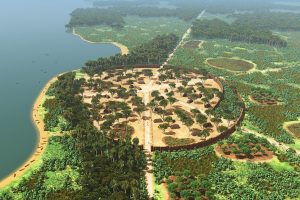
Now Archaeologists are also beginning to discover the remains of human habitation in parts of the Amazon basin that de Carvajal never came anywhere near. In a recent paper scientists have described dozens of geometric earthworks along with other signs of large scale human occupation south of the Amazon floodplain, a region known as the Southern Rim of the Amazon (SRA).
According to lead author Jonas De Souza of the University of Exeter in the UK, “The more we survey the more we realize that different parts of the (Amazon) basin were more settled than we thought.”
Making extensive use of satellite and aerial images De Souza and his colleagues have found 81 Pre-Columbian sites in the SRA ranging in size from small hamlets to large fortified sites. The archaeologists have also visited 24 of the sites to verify that they are Pre-Columbian and are currently excavating one site. The images below show some of the aerial images of the sites.
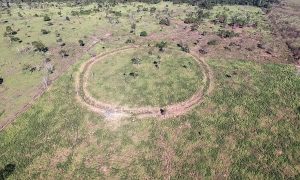
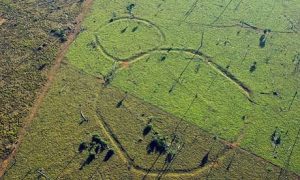
Based on the evidence gather so far the sites studied in the SRA area are similar to, but different enough from the sites closer to the Amazon itself to indicate that the new sites may belong to a separate and hitherto completely unknown culture.
All too often in the course of human history people and cultures have disappeared leaving no trace of their ever having existed. Today archaeology is recovering some of the stories of these lost civilizations.
